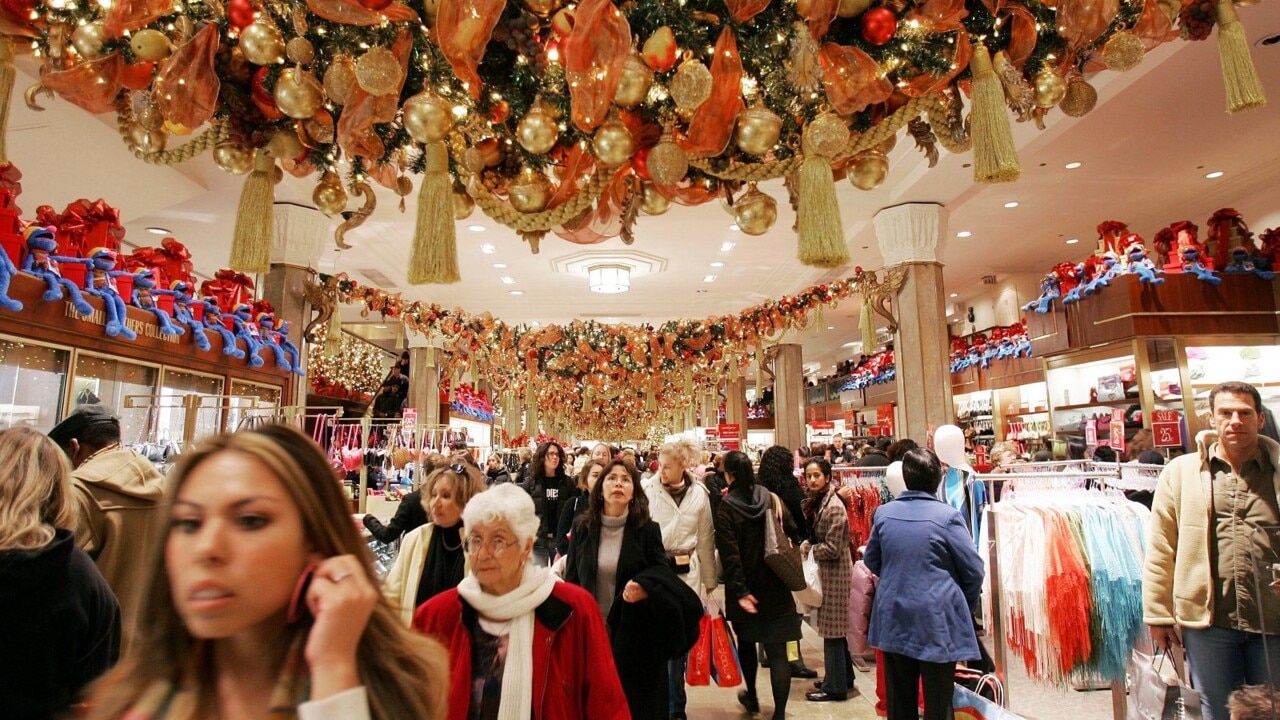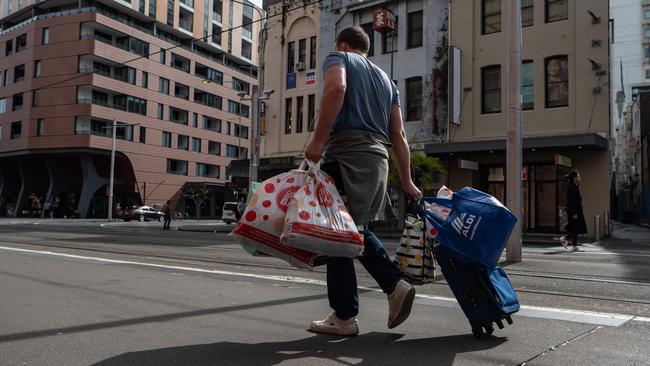Households leave Covid-19 behind with spending spree
Australians are leaving the days of Covid-19 thriftiness behind, according to the latest data on the nation’s spending habits.

NewsWire
Don't miss out on the headlines from NewsWire. Followed categories will be added to My News.
Household spending was up 20 per cent compared to the same time last year in October, according to the latest figures from the Australian Bureau of Statistics.
As rising interest rates put pressure on inflation, October 2022 marked the 20th consecutive month of increased household spending, with transport (up 42 per cent), clothing (up 32.2 per cent), and eating out (up 39.9 per cent) witnessing the highest rises.
Meanwhile, food spending increased by 4.5 per cent compared to the year prior.

Both non-discretionary and discretionary spending went up by over 20 per cent.
Overall, household spending on goods increased by 9.3 per cent, while services were up 34.2 per cent compared to October 2021 – a time when NSW, Victoria and the ACT were emerging from their lockdowns.
The ACT and Victoria recorded the highest through-the-year increases in spending, with 36.6 per cent and 32.8 per cent rises respectively.
It comes as Australia’s current account balance decreased by $17b in the September quarter, resulting in a deficit of $2.3b.

It’s the first deficit in years, after 13 consecutive quarters of a current account surplus.
According to the latest figures from the ABS, the balance on goods and services decreased by $11.1 billion, but remained in a surplus of $31.2b, while the net primary income deficit widened by $6.4 billion to $33.2b in the quarter.
Grace Kim from ABS says the current deficit reflects a “narrowing but robust trade surplus”.
“(This) was offset by a record high income deficit in the September quarter.
Imports increased 8.2 per cent, while exports decreased 0.2 per cent.
Originally published as Households leave Covid-19 behind with spending spree


